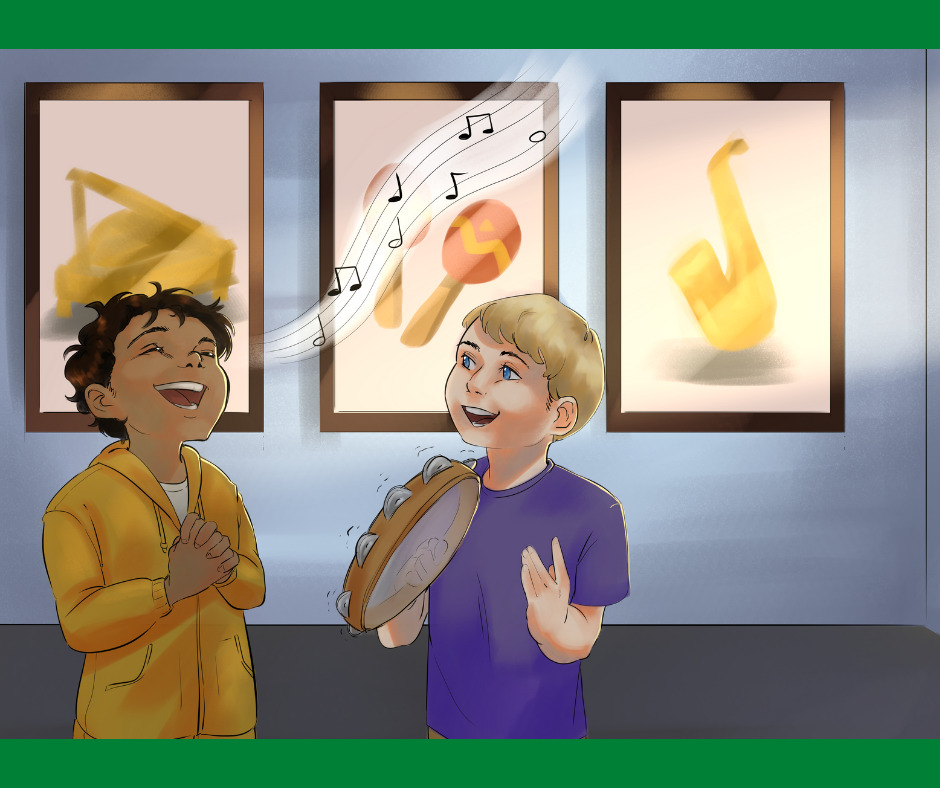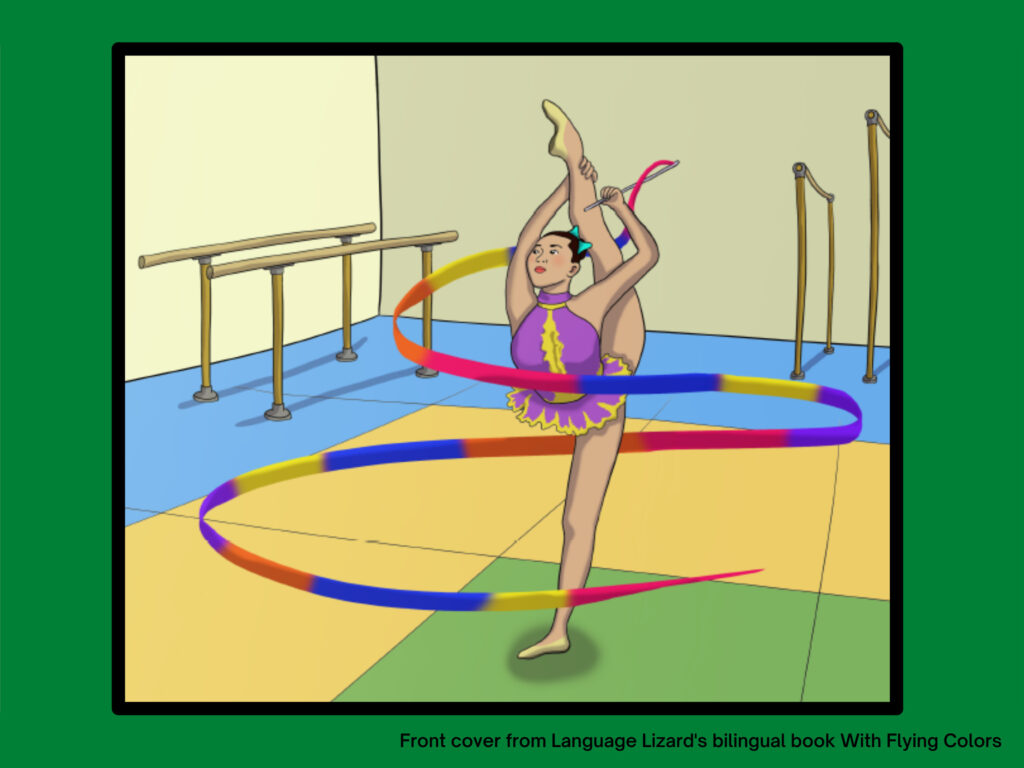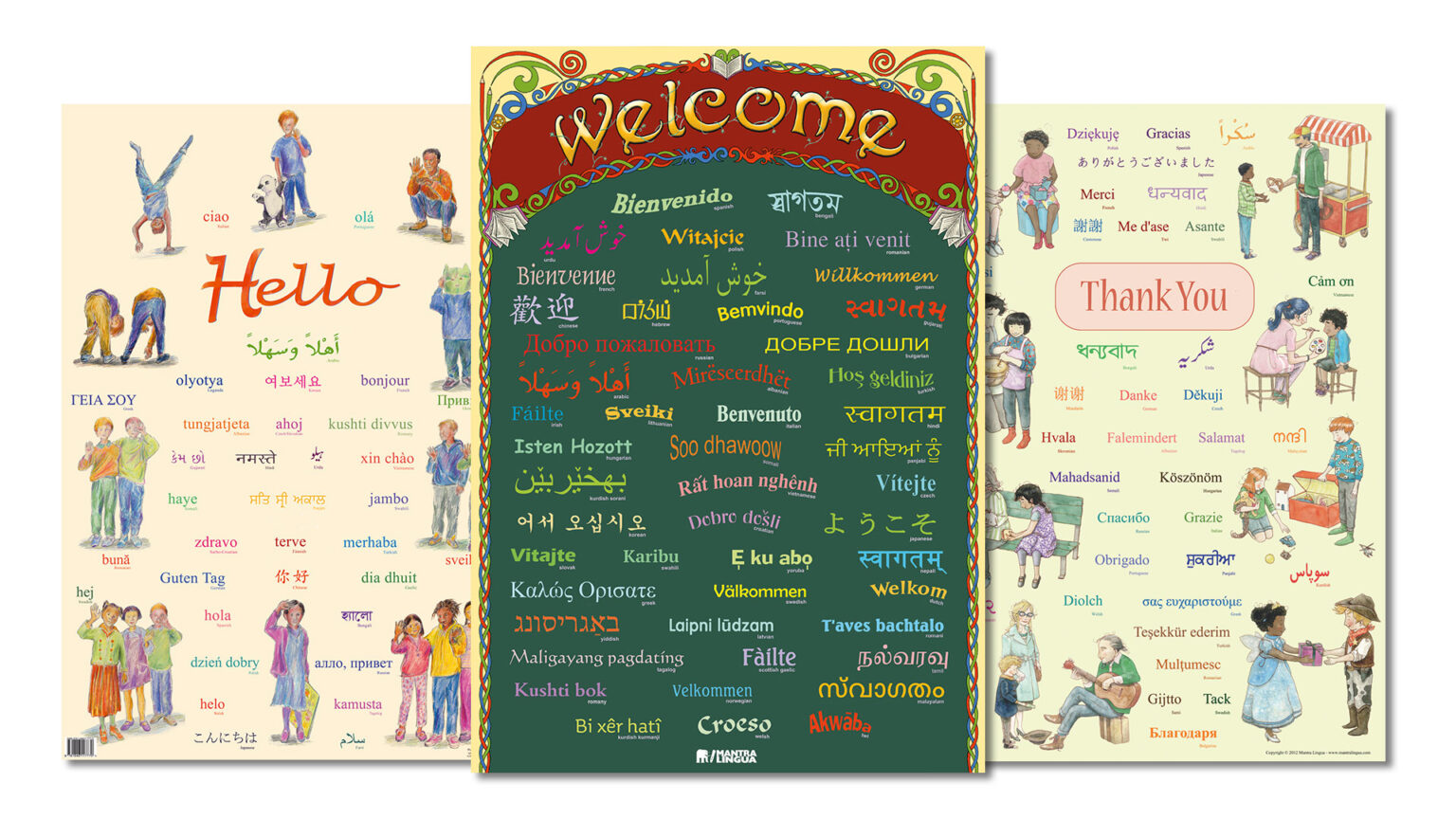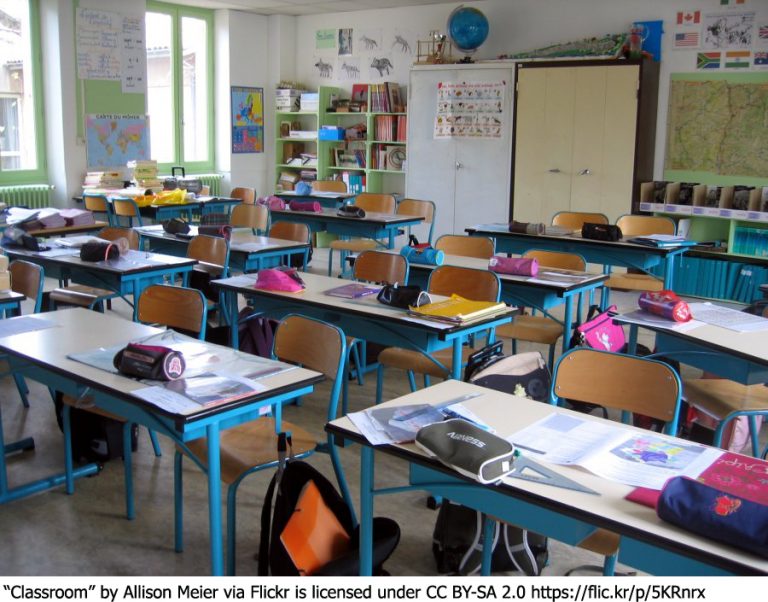October is Celebrating the Bilingual Child Month, a month-long celebration of bilingualism and multiculturalism. Fun activities, handouts, and more!.......... CONTINUE READING
At Home,
Classroom,
Dual Language,
ELLs / DLLs,
Families,
Giveaways,
Holidays,
Lesson Plans,
Multicultural,
Schools,
Teacher Resources,
September 30, 2022






